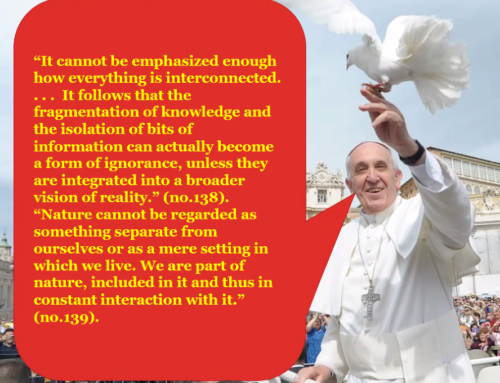We live in times of political, environmental and social interregnum. Old ideologies have faded, or considered mute, and in the West the idea of organized religion has quickly lost its potency. For all the fear of Christian nationalism in the United States, the wider population at large has largely drifted away from the traditional ideal of the atomic family attending sermons or mass on Sunday morning. And yet, our human nature continues to seek out answers to the big questions. A supposed full turn to secularism has also brought with it renewed obsessions with extreme possibilities. Suddenly we are in thrall of government reports on the existence of UFOs. Tarot decks and astrology charts fascinate college students. Bereft of idealism, with the Bulletin of Atomic Scientists now updating its Doomsday Clock to 90 seconds away from midnight, we simply don’t want to believe this is it.
In this landscape, a book like Psychiatry and the Spirit World by Alan Sanderson, M.D., who passed away this past December, poses a unique sort of challenge. Here is a trained medical professional, with a wide breadth of experience, assuring us that he has found evidence of death as a transitory phase for the soul. In this very accessible book, you will also find the claim that reincarnation is quite possible. What even a skeptic will be able to appreciate in Sanderson’s book is the genuine sincerity that comes across from the page. His tone is not that of a fevered acolyte of esoteric belief systems, but of a seeker genuinely fascinated by experiences he perceives to be authentic. An immediate comparison can be made with Abduction: Human Encounters with Aliens by John E. Mack, a Harvard professor of psychiatry who rattled academia in the 1990s with his insistence on believing his subjects had made contact with extraterrestrials.
As with Mack, whether one comes out of reading Sanderson’s book convinced or not, it still makes for absorbing, at times compelling, reading. At its heart is the biggest question of all: What happens when we die? For Sanderson, a stubborn attachment to the conclusions of “rational science” risks missing higher avenues of exploration. In the opening chapters, Sanderson explains the hunger for answers might just be in his DNA. His mother died in a riding accident in 1940, leaving behind several books on spiritual matters. So intrigued was Sanderson by the subject, that by 1949 he boldly declared to his horrified father that he wanted to dedicate his life to exploring the psychic experience. Upon returning to clinical psychiatry, Sanderson would cross paths with figures such as the hypnotist Lance Trendall. Trendall specialized in “releasing spirits” which had been plaguing patients. Before long, Sanderson wondered if such an explanation could account for certain diagnosis such as schizophrenia.
Some of the most intriguing personal sections of Psychiatry and the Spirit World deal precisely with Sanderson’s detailed accounts of his own technique in practicing with patients what he calls “spirit release therapy.” Hypnosis is a key tool, during which he would have “my entranced patient look at an imaginary mirror.” If the patient would see a different figure than themselves appear in this mental mirror, Sanderson would then try to deduce if it was confirmation of a separate spirit inhabiting their being. After introducing the basics of his career and technique, Sanderson gets to the real meat of his book.

